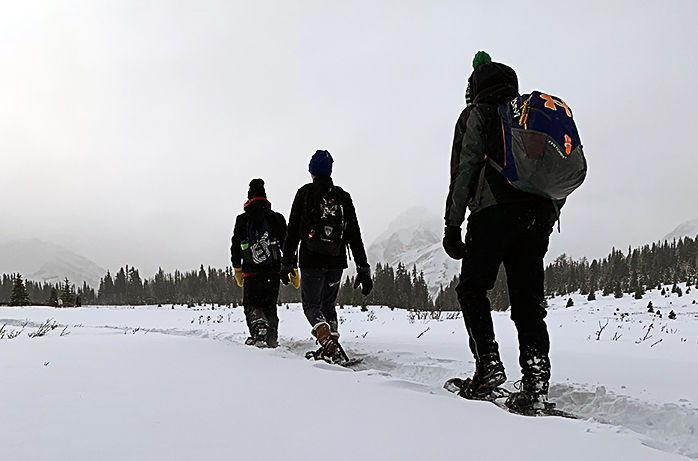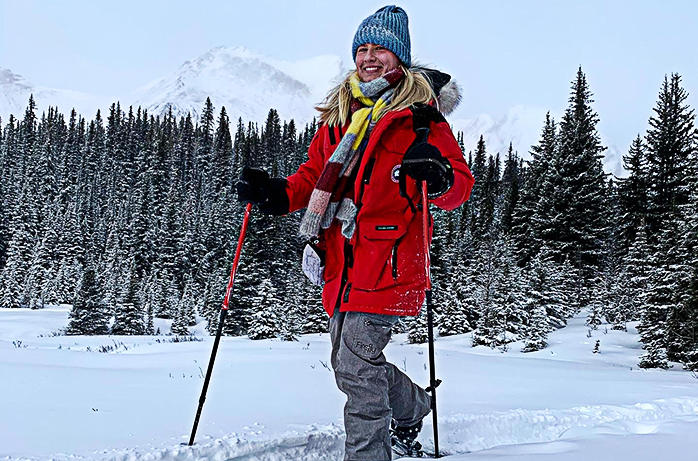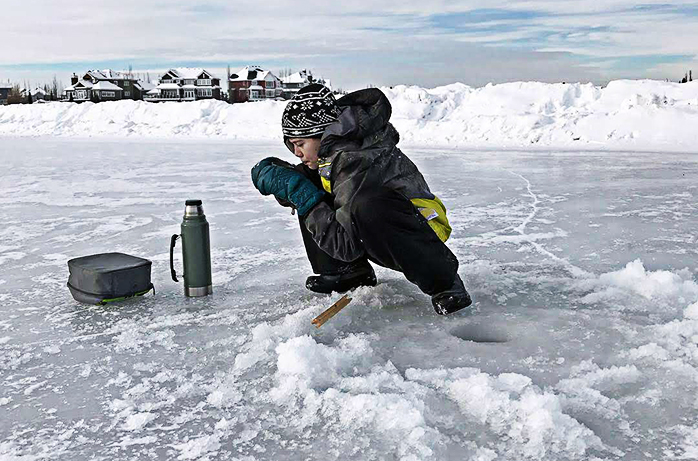
Vimy ODP – How Do You Stay Warm When the Weather Turns Cold?
Living here in Edmonton, we all know that winter is coming whether we are ready for it or not. My suggestion is that we embrace the cold. Yes, that is right, we should welcome the cold weather. A change in seasons, for me, always brings with it a change in outdoor activities. With winter comes cold weather, but it also brings with it snow. Which means that it is time to take out all of my snow sports equipment. I can already picture myself skiing down a mountain on a bright sunny Blue Bird day. Which leads to the question that I get most often: “Don’t you get cold?” The truth is sometimes I get cold, but most days I am quite comfortable outside in winter.

The key to staying warm and comfortable in colder weather is dressing properly for the activity that you will be doing. Obviously as the temperature drops you will require warmer clothing, but there are other considerations as well. For me, I always try to look at how much energy I am going to put out participating in the activity and how long I am going to be outside in the elements. If I am going for an hour long winter run, I will dress in lighter weight clothing that is more breathable verses going ice fishing where I am spending a greater amount of time standing still outside. The energy I produce while running will keep me warm for the short amount of time that I am out. With ice fishing, there is far less energy output, so I will need to have warmer layers to keep me comfortable.

It is important to dress in layers so that you are able to modify your clothing as you get warmer or colder, adding or removing layers as needed. Being too warm in winter brings about its own set of hazards. When you are too warm, your body will begin to perspire and once that perspiration begins to evaporate you will start to become chilled. In extreme cases, this can even lead to hypothermia. To help counter this issue of overheating, it is important that you dress for winter by starting with a good quality Base Layer. A Base Layer is the set if clothing closest to your skin. This layer should be made of a good quality synthetic fabric or wool which will wick the perspiration away from your body. To help you stay warm and comfortable, you should never wear a Base Layer made of cotton, as cotton tends to absorb perspiration and keep the moisture close to your skin. Your next layer of winter clothing should then be an insulating layer. Either a wool or fleece sweater or possibly a light down sweater/ jacket which will provide the insulation needed to stay comfortable. Then depending on the weather, your outer layer should be a shell to protect you from the wind, rain or snow. If it is very cold, you may forgo the shell and have a heavier down coat to protect you from the elements. Typically if it is very cold, you will not need to worry too much about the moisture in the air, but rather the cold temperatures instead.

Of course, all of the warmest jackets in the world won’t keep your hands, toes and ears from freezing. A significant amount of heat is lost through the extremities, so it is important that you have good quality mitts or gloves, along with a warm toque and boots. If you take a moment to consider what you will be doing in the outdoors and how hard you will be working and then dress accordingly, I think you will find that winter outdoor activities can be fun and enjoyable without being cold.
Rob Schmidt
Outdoor Pursuits Program Director
Vimy Ridge Academy










